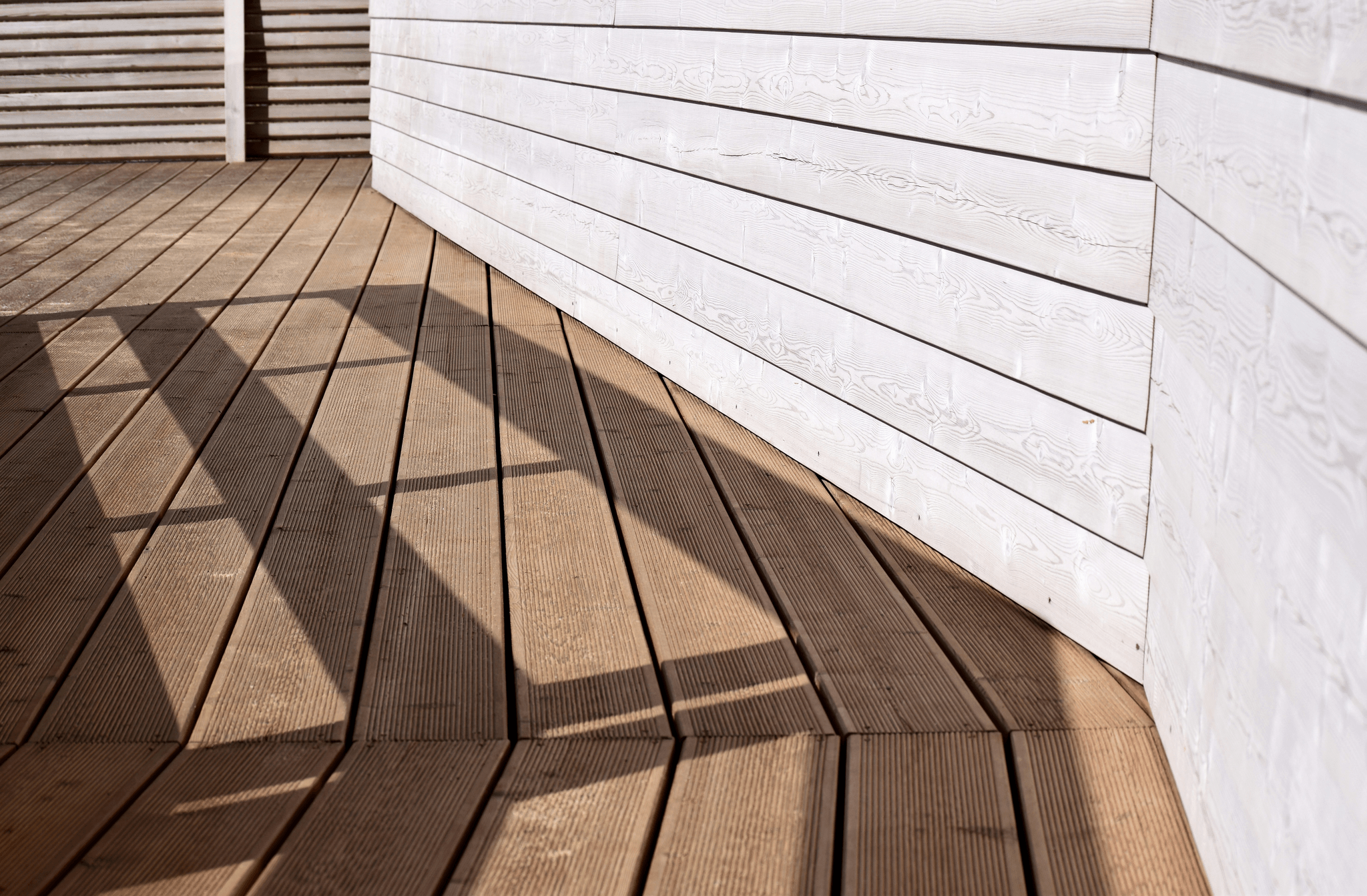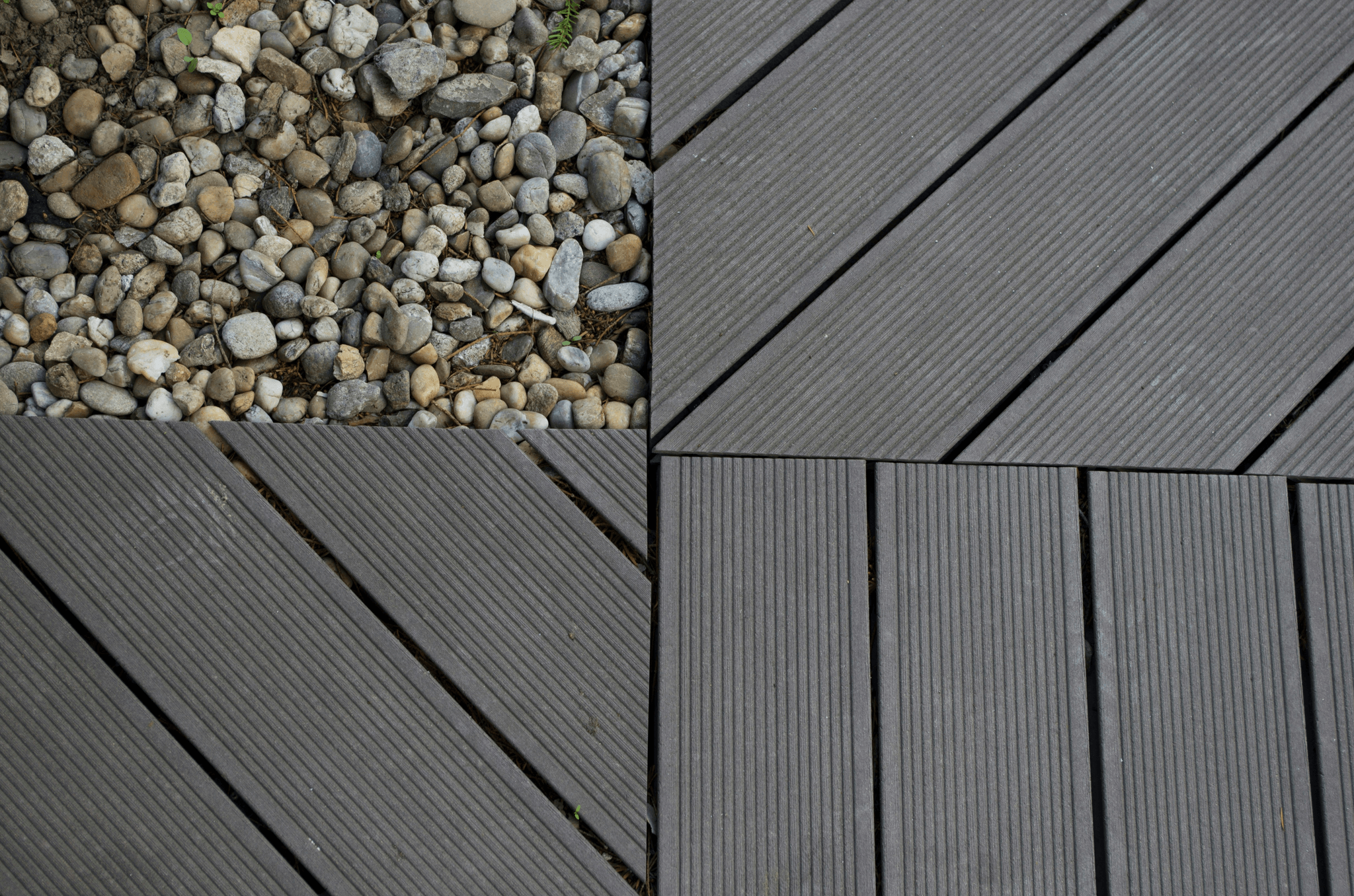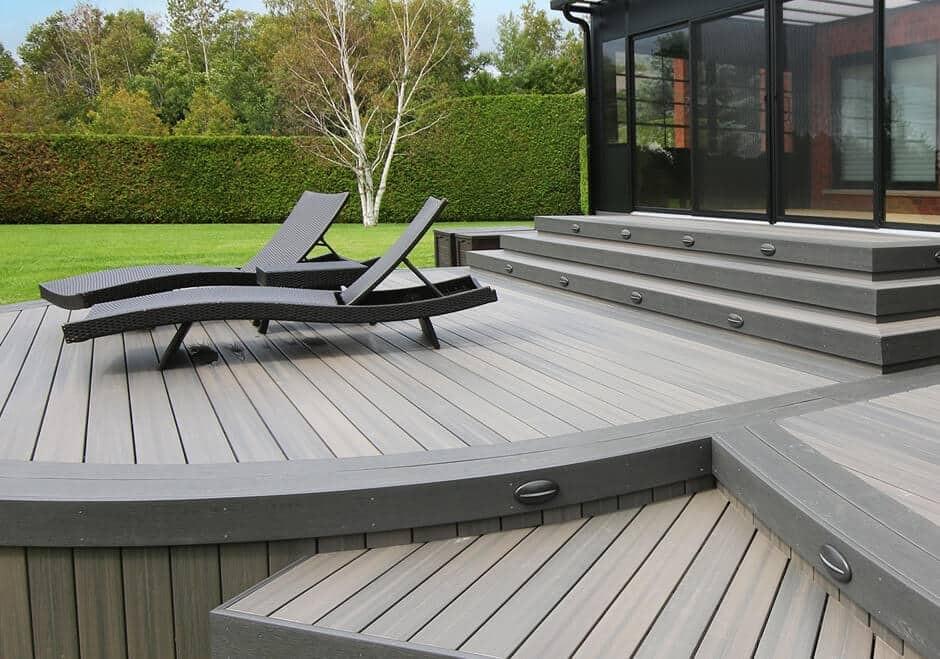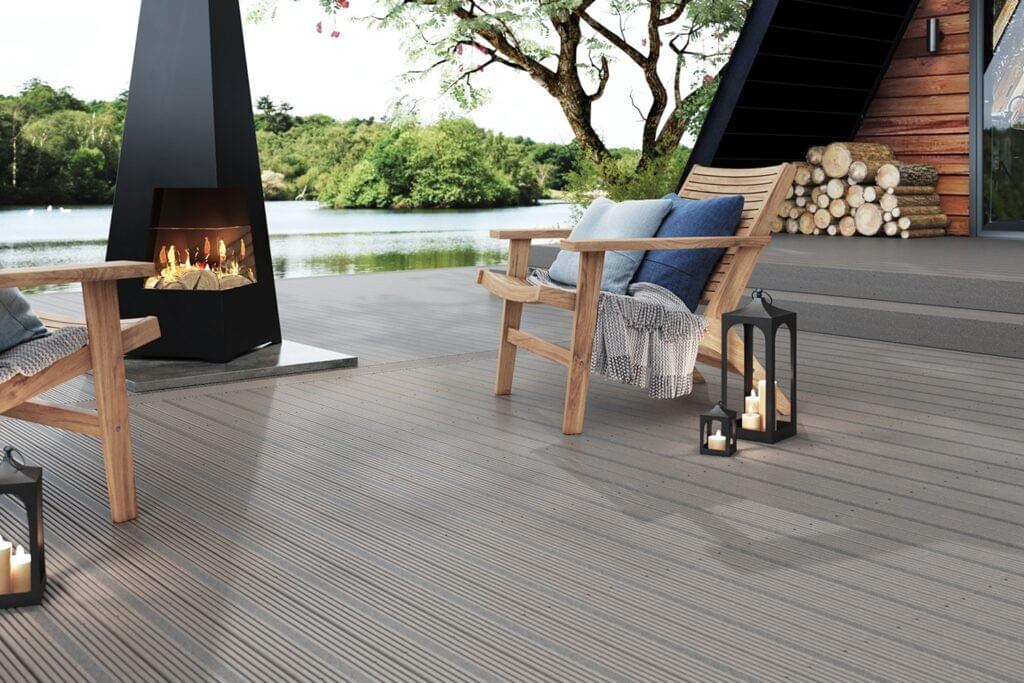Introduction
Among the myriad of options available, composite lumber decking stands out as a top contender for homeowners seeking durability and aesthetic appeal. This guide will explore the best decking choices, what to consider when buying deck boards, and the numerous benefits of composite wood decking boards.
Discover the Top Composite Decking Options
With an array of brands and styles on the market, discovering the top composite decking options can feel overwhelming. However, understanding what makes a product stand out will help narrow down your choices. Look for features like fade resistance, slip resistance, and warranty coverage to ensure you’re investing in quality deck composite decking.
What to Consider When Buying Deck Boards
Before making a purchase, it's essential to consider several factors that influence your decision on deck boards. The type of composite wood decking boards you choose can greatly affect not only aesthetics but also maintenance requirements and longevity. Additionally, think about color options, textures, and how well they complement existing outdoor elements in your space.
Benefits of Composite Lumber Decking
One of the most significant advantages of choosing composite lumber decking is its low-maintenance nature compared to traditional wood decks. Unlike wood decks that require regular staining or sealing, composite materials are designed to withstand weather elements without extensive upkeep. Furthermore, investing in high-quality composite decking not only enhances your home’s value but also provides a sustainable option that reduces deforestation.
Understanding Composite Decking

Composite decking is a game changer for outdoor living spaces, combining the best of both worlds: the natural look of wood and the durability of synthetic materials. This innovative decking material is made from a blend of recycled wood fibers and plastic, resulting in a product that resists fading, splintering, and warping. Homeowners looking for low-maintenance options will find composite lumber decking to be an attractive choice that doesn’t compromise on aesthetics.
What is Composite Wood Decking?
Composite wood decking refers to deck boards made from a mixture of wood fibers and plastic materials, designed to mimic the appearance of traditional wood decks without the associated drawbacks. Unlike pure wood decks that require regular staining and sealing, composite lumber decking offers enhanced durability against weather elements, pests, and rot. Essentially, it’s an engineered solution for those who want the beauty of natural wood but prefer a longer-lasting alternative.
Key Features of Composite Decking
The best decking options on the market today boast several key features that set them apart from traditional wooden alternatives. For starters, composite decking is highly resistant to moisture and UV radiation, which helps maintain its color over time while preventing mold growth. Additionally, many brands offer slip-resistant surfaces and fade-resistant colors in their deck composite decking lines—perfect for those sunny summer days when your deck becomes a gathering spot.
How Composite Decking Compares to Wood Decks
When comparing composite wood decking boards with traditional wood decks, several factors come into play that can influence your decision-making process. While wooden decks often require periodic maintenance such as staining or sealing every few years, composite lumber requires minimal upkeep beyond occasional cleaning—saving you time and money in the long run. Furthermore, with advancements in technology providing realistic textures and colors in composite options today, it's easier than ever to find a style that rivals or even surpasses classic wooden aesthetics.
Best Composite Decking Brands

Overview of Popular Brands
Some of the most popular brands in composite wood decking include Trex, TimberTech, and Fiberon. Trex is often hailed as one of the best decking brands due to its eco-friendly materials and extensive range of colors and textures. TimberTech is known for its high-quality composite decking boards that mimic the look of traditional wood decks while offering superior durability, making it a favorite among homeowners seeking low-maintenance options.
Fiberon also deserves a mention, with its innovative designs and wide range of price points that cater to various budgets. These brands not only provide excellent aesthetics but also prioritize sustainability by using recycled materials in their products. When comparing these options, consider factors such as warranty length, color choices, and overall performance to find the perfect fit for your deck boards.
Composite Decking Inc's Offerings
Composite Decking Inc is another noteworthy player in the composite lumber decking arena, offering a diverse selection of products tailored to meet various needs. Their range includes both traditional looking planks as well as more modern styles designed for contemporary tastes—perfect if you're looking to elevate your outdoor space with stunning deck composite decking solutions. Additionally, they pride themselves on providing high-quality materials at competitive prices.
One standout feature of Composite Decking Inc is their commitment to customer service; they offer extensive resources such as installation guides and maintenance tips right on their website. This makes it easier than ever for DIY enthusiasts or those new to deck building to navigate their projects successfully with confidence. If you're searching for reliable composite wood decking boards that combine quality with affordability, this brand should be on your radar.
Comparing Product Lines: Pricing and Quality
When diving into pricing comparisons among leading brands like Trex, TimberTech, Fiberon, and Composite Decking Inc., it's essential to consider both quality and budget constraints. Generally speaking, higher-end lines may offer enhanced durability or more intricate designs but come at a steeper price point—making them ideal if you're seeking long-lasting beauty in your wood decks without frequent replacements or repairs.
On the other hand, mid-range options from these brands still deliver solid performance while being budget-friendly—perfect for those who want stylish deck boards without breaking the bank! Ultimately, it's about striking a balance between what you can afford while ensuring longevity; investing in quality decking material pays off over time when you enjoy a beautiful outdoor area year after year.
Prices of Composite Decking

When it comes to choosing the best decking for your outdoor space, understanding the prices of composite decking is essential. Composite lumber decking has gained popularity due to its durability and low maintenance needs, but costs can vary significantly based on several factors. In this section, we’ll explore average costs, influences on pricing, and how to budget effectively for your deck project.
Average Costs of Deck Boards
The average cost of composite deck boards can range from $2 to $5 per linear foot, depending on the brand and quality. Higher-end options may even reach up to $10 per linear foot for premium composite wood decking boards that offer enhanced aesthetics and performance. When calculating the total expenditure for your deck composite decking project, consider not just the board prices but also any additional materials you might need.
Factors Influencing Composite Decking Prices
Several factors can influence the pricing of composite decking materials beyond just brand name or style choices. First off, the quality of materials plays a crucial role; higher-quality composite lumber decking tends to cost more due to advanced manufacturing processes and durability features. Additionally, market conditions such as supply chain issues or seasonal demand fluctuations can lead to price variations in deck boards.
Budgeting for Your Deck Project
Budgeting for your deck project involves more than just calculating the cost of composite wood decking boards; you’ll want to account for installation costs as well if you're hiring professionals. A good rule of thumb is to set aside an additional 20-30% above material costs for labor and unexpected expenses that may arise during construction. By planning carefully and considering all aspects related to your selected decking material, you can create a beautiful outdoor oasis without breaking the bank.
DIY Tips for Installing Composite Decking

Installing composite decking can be a rewarding project that enhances your outdoor space, but it requires the right tools and techniques to ensure a successful outcome. Whether you're upgrading from traditional wood decks or starting fresh, understanding the best practices will make your installation smoother. Let's dive into essential tools, a step-by-step guide, and common pitfalls to watch out for.
Essential Tools for the Job
Before you embark on your composite lumber decking journey, gather the necessary tools to get the job done efficiently. You'll need basic hand tools like a circular saw, drill, and measuring tape; these are crucial for cutting and securing your deck boards properly. Additionally, investing in specialized tools like a composite decking fastener system can save you time and ensure a polished look that rivals even the best decking options available.
Don't forget safety gear! Gloves and goggles will protect you while handling materials and operating power tools. With your toolkit ready, you're one step closer to transforming your outdoor area with stunning deck composite decking.
Step-by-Step Installation Guide
Now that you've assembled your tools, it’s time to roll up those sleeves and get started on installing your composite wood decking boards! Begin by preparing the ground; make sure it's level and clear of debris to create a solid foundation for your new deck boards. Next, lay down joists according to manufacturer guidelines—this is critical for supporting the weight of your deck while allowing proper drainage.
Once the framework is in place, it's time to cut and install the composite decking planks according to your design layout. Use hidden fasteners or clips for a seamless finish—these methods are not only aesthetically pleasing but also help prevent warping over time compared to traditional wood decks. Finally, remember to leave gaps between boards for expansion; this little detail can make all the difference in maintaining long-lasting performance.
Common Mistakes to Avoid
Even seasoned DIYers can trip over common mistakes when installing composite decking! One major error is neglecting proper ventilation beneath the deck; without adequate airflow, moisture can build up leading to mold growth or premature deterioration of even high-quality composite lumber decking materials. Be sure also not to skip reading manufacturer instructions—each product may have specific requirements that differ from others on the market.
Another frequent misstep is underestimating material quantities; always calculate how many deck boards you'll need before heading out shopping! Running short halfway through installation can lead to delays or mismatched colors if you have trouble sourcing more later on. Lastly, don’t forget about maintenance—although composite wood decking boards require less upkeep than traditional options, some care is still necessary for longevity.
Maintaining Your Composite Deck

When it comes to enjoying your outdoor space, maintaining your composite deck is key to ensuring its longevity and appearance. Composite lumber decking is designed to resist the elements, but regular care can enhance its performance and aesthetics. By following a few simple maintenance tips, you can keep your deck looking like the best decking option available.
Care Tips for Composite Lumber Decking
To get the most out of your composite wood decking boards, start by keeping them clean and free from debris. Regularly sweeping or blowing off leaves and dirt prevents mold and mildew from taking root in crevices. Additionally, avoid using harsh chemicals or abrasive cleaners that could damage the surface; stick to mild soap and water for routine cleaning.
Another important aspect of caring for your deck composite decking is managing moisture levels. Ensure proper drainage by directing water away from your deck's surface to prevent pooling, which can lead to long-term damage. Lastly, be cautious with heavy furniture; use protective pads under legs to prevent scratches on your beautiful composite decking.
How to Clean and Maintain Deck Composite Decking
Cleaning your composite decking doesn’t have to be a chore; just follow a straightforward process! Start by rinsing the surface with water using a hose or pressure washer set at low pressure—this will help remove any loose dirt or grime. For tougher stains like food spills or grease, use a soft-bristle brush along with mild soap solutions specifically designed for composite materials.
After cleaning, it’s essential to rinse off any soap residue thoroughly; leftover soap can create slippery surfaces when wet—definitely not what you want on your best decking! If you encounter stubborn stains that won’t budge with regular cleaning methods, consider using specialized composite deck cleaners that are safe for use on this type of material.
Extending the Life of Your Deck Boards
To extend the life of your composite wood decking boards, consider applying a protective sealant every few years; this helps maintain their color and resistance against fading due to UV exposure. Additionally, keep an eye out for any signs of wear or damage such as cracks or warping—address these issues promptly before they worsen!
Another great tip is seasonal maintenance: during fall, clear away fallen leaves that might trap moisture against the boards over winter months. For those living in snowy regions, make sure snow is removed gently without scraping directly against the surface—this will help preserve its integrity over time while ensuring you enjoy all benefits that come with quality decking material.
Conclusion

Recap of the Best Composite Decking Choices
Throughout this guide, we've explored some of the best decking options available on the market today. Brands like Composite Decking Inc and others provide a wide range of choices that cater to different styles and budgets. From high-quality deck composite decking to more economical selections, understanding your needs will help you make an informed decision about which composite lumber decking suits your lifestyle best.
Investing in Quality Decking Material
Investing in quality decking material is crucial for ensuring longevity and performance in your outdoor space. While it might be tempting to opt for cheaper wood decks or lower-grade materials, remember that quality often translates into less maintenance and fewer repairs down the line. Choosing premium composite wood decking boards may require a higher initial outlay but pays off with durability and aesthetic appeal over time.
Final Thoughts on Composite Decking Benefits
In conclusion, the benefits of composite decking are numerous and compelling. Not only does it offer an attractive alternative to traditional wood decks with its resistance to fading and splintering, but it also contributes positively to environmental sustainability by utilizing recycled materials. Ultimately, whether you're enhancing your backyard oasis or creating an inviting space for gatherings, investing in the best decking will ensure you enjoy a beautiful and resilient outdoor area for years to come.
